The Invisible Edge: Taking Your Strategy to the Next Level Using Intellectual Property
by Mark Blaxill and Ralph Eckardt
How to turn intellectual property into an indispensable source of competitive advantage Mark Blaxill and Ralph Eckardt have consulted for companies that are highly efficient, full of hard workers and smart managers—yet barely able to eke out a profit.
They've also worked in undisciplined, mismanaged companies that generate huge margins year after year. The key to sustainable profits, they realized, was intellectual property. Yet most managers are unable to see the power of IP because they were trained to focus on more tangible factors.
This book is about turning invisible assets into an unbeatable edge. With the right IP and the right strategies, companies can command premium prices, increase market share, sustain lower costs, and even generate income directly. Without it, their products are undifferentiated and they can compete only on price.
The authors teach readers a new way to see their invisible assets, analyze them, and build a business around them. Unlike other books that focus on the legal and technical issues of IP, this one is totally practical.

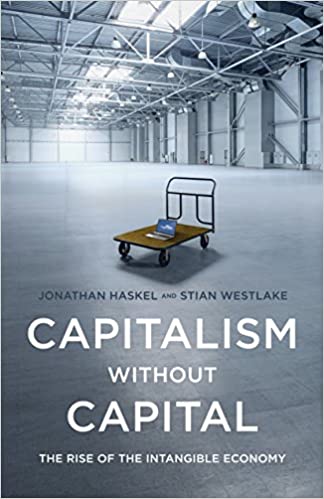
Capitalism Without Capital. The Rise of the Intangible Economy
By Jonathan Haskel, Stian Westlake
The authors bring together a decade of research on how to measure intangible investment and its impact on national accounts, showing the amount different countries invest in intangibles, how this has changed over time, and the latest thinking on how to assess this. They explore the unusual economic characteristics of intangible investment, and discuss how these features make an intangible-rich economy fundamentally different from one based on tangibles.
Restarting the Future. How to Fix the Intangible Economy
By Jonathan Haskel, Stian Westlake
Restarting the Future argues that the big economic challenges facing the world are the result of our failure to deal with the implications of an economy dependent on knowledge, ideas and relationships.
It examines why making this transition is so hard, and looks at ways forward in the fields of public policy, business and finance.
At the heart of the problem is a significant slowdown in the pace of intangible investment since the financial crisis.
This slowdown has happened because we lack the right institutions and strategies to encourage intangible investment and channel it effectively. What is more, there are significant groups with an interest in stopping these new institutions emerging.
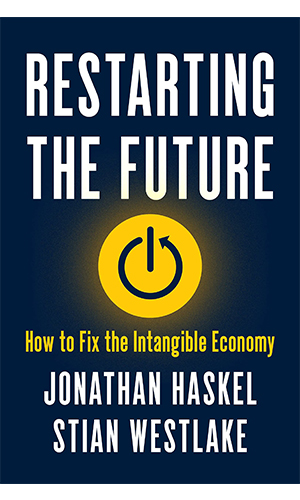
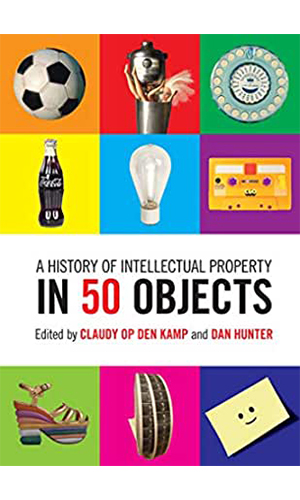
A History of Intellectual Property in 50 Objects
by Claudy Op den Kamp (Editor), Dan Hunter
What do the Mona Lisa, the light bulb, and a Lego brick have in common? The answer - intellectual property (IP) - may be surprising, because IP laws are all about us, but go mostly unrecognized. They are complicated and arcane, and few people understand why they should care about copyright, patents, and trademarks.
In this lustrous collection, Claudy Op den Kamp and Dan Hunter have brought together a group of contributors - drawn from around the globe in fields including law, history, sociology, science and technology, media, and even horticulture - to tell a history of IP in 50 objects.
These objects not only demonstrate the significance of the IP system, but also show how IP has developed and how it has influenced history. Each object is at the core of a story that will be appreciated by anyone interested in how great innovations offer a unique window into our past, present, and future.
Patented: 1,000 Design Patents
by Thomas Rinaldi
Restarting the Future argues that the big economic challenges facing the world are the result of our failure to deal with the implications of an economy dependent on knowledge, ideas and relationships.
It examines why making this transition is so hard, and looks at ways forward in the fields of public policy, business and finance.
At the heart of the problem is a significant slowdown in the pace of intangible investment since the financial crisis.
This slowdown has happened because we lack the right institutions and strategies to encourage intangible investment and channel it effectively. What is more, there are significant groups with an interest in stopping these new institutions emerging.
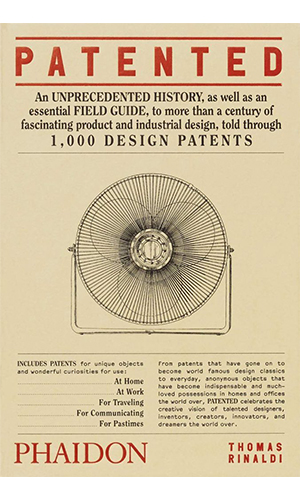
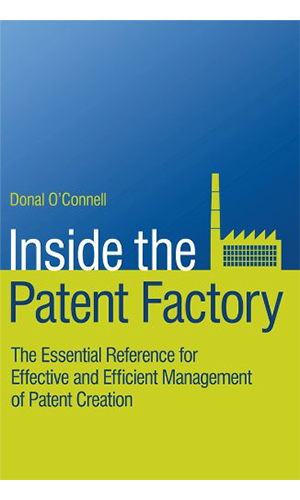
Inside the Patent Factory: The Essential Reference for Effective and Efficient Management of Patent Creation
by Donal O'Connell
The book is a coaching guide for anyone interested in intellectual property and those wanting to embark on or develop patent creation. It draws on the authors’ extensive experience and insights from change projects, management and leadership at Nokia.
The book encourages the reader to challenge their current organisational structure and strategy by introducing various methods and tactics that can be deployed when considering patent creation, then offering advice into the pros and cons of techniques and how such methods can be assessed.
The book highlights how knowledge and innovation can be utilised and protected, which due to the increased importance of intellectual property rights, especially the use of patents, is essential for every business.
Brand Tuned: The new rules of branding, strategy and intellectual property
by Shireen Smith
A brand is more than a snazzy logo – but what else is there to consider when building a brand? Do you really need a brand for business success? And what has intellectual property got to do with anything?
A strong, authentic brand is what makes your business stand out from the crowd – and what drives long term success. But the branding industry can be an overwhelming minefield, full of conflicting advice and multiple disciplines – so how do you navigate your way through the process?
Drawing from evidence-based research, interviews with experts, and years of experience supporting businesses, Brand Tuned is the first branding guide written by an intellectual property lawyer who specialises in trademarks and brands.
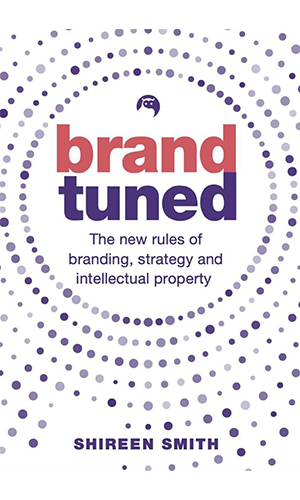
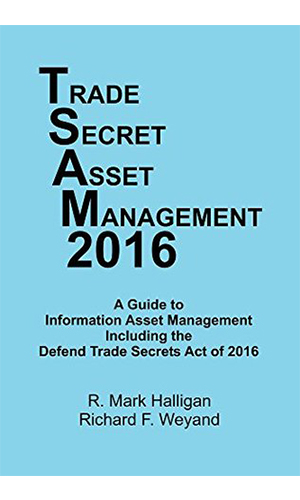
Trade Secret Asset Management 2016: A Guide To Information Asset Management Including The Defend Trade Secrets Act Of 2016
R Mark Halligan and Richard F. Weyand
Trade Secret Asset Management 2016 is intended to serve company employees, owners, and attorneys as a quick course in the essential issues surrounding the identification and management of trade secret intellectual property, yet it is comprehensive enough to provide the reader with a working understanding of the nature of proprietary trade secret information and its proper stewardship. It is intended for and accessible by both attorney and non-attorney readers who need an understanding of trade secret matters for the performance of their roles within the company. This book will give the reader the vocabulary and conceptual framework required to meaningfully discuss trade secret matters with counsel.

